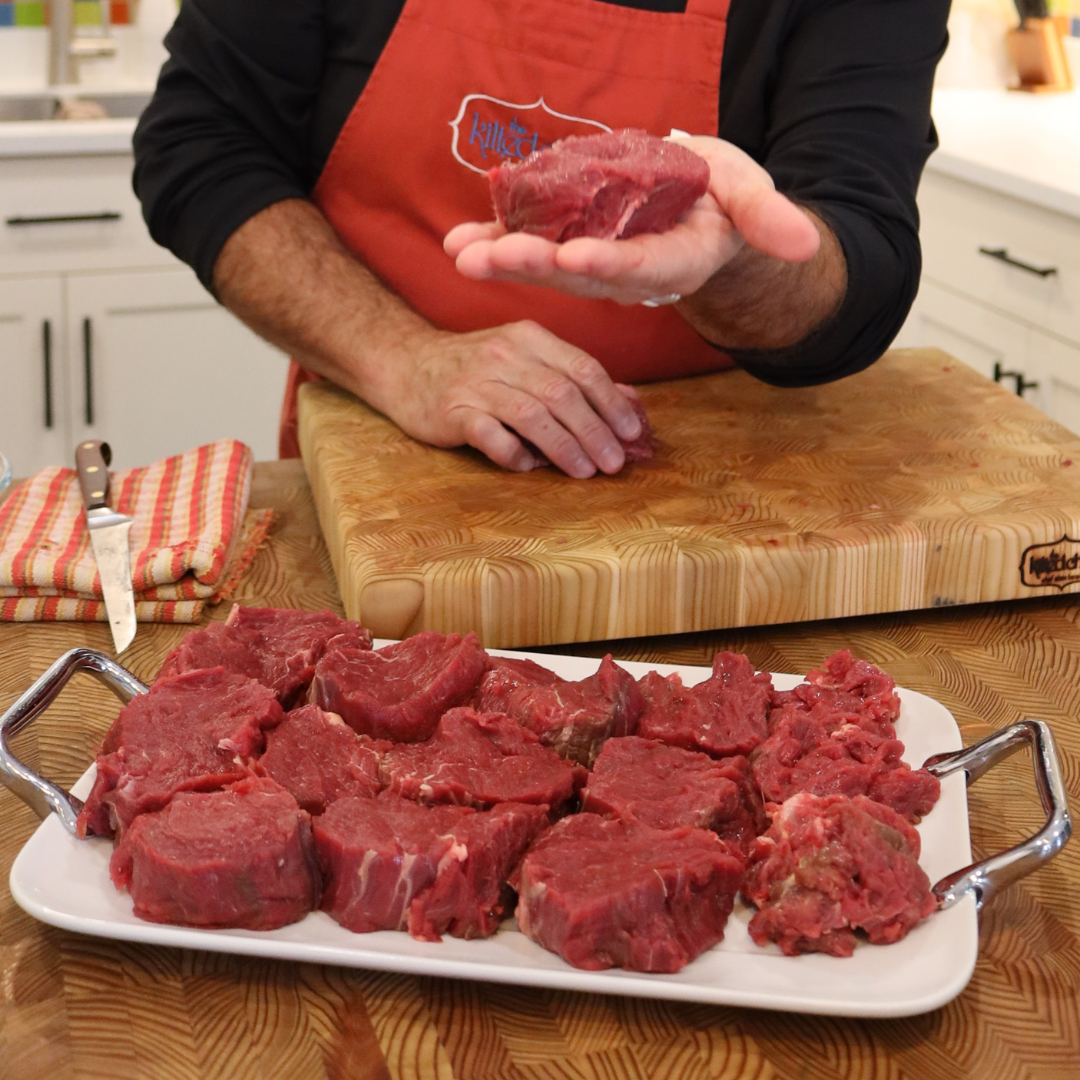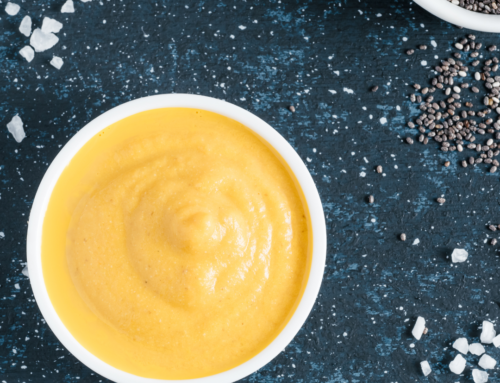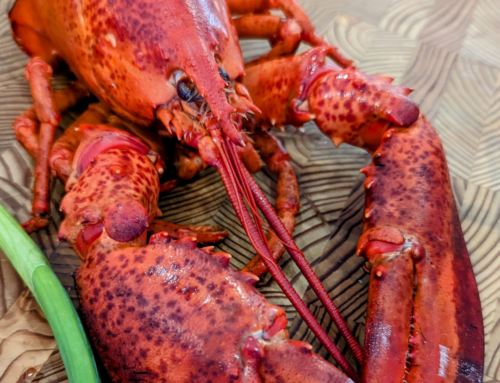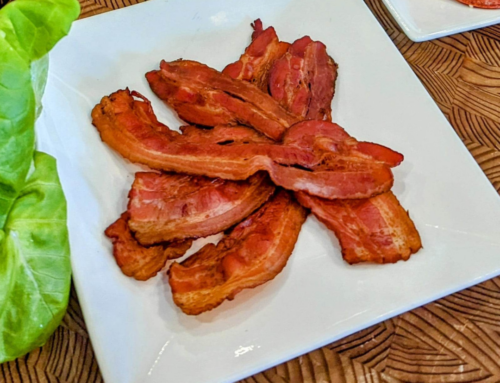Savor the Savings: How Buying a Whole Beef Tenderloin and Cutting It Into Steaks Yourself is Economical and Possibly More Flavorful!

In today’s fast-paced world, where convenience often takes precedence, there’s a growing trend among meat lovers to buy a whole beef tenderloin and cut it into steaks themselves. Not only does this DIY approach allow you to have more control over the quality, flavor, and freshness of the meat, but it can also be a cost-effective way to indulge in premium cuts without breaking the bank. In this article, we’ll explore how buying a whole beef tenderloin and cutting it into steaks yourself is not only a culinary adventure but also an economical choice.
One of the key reasons why buying a whole beef tenderloin is economical is the savings you can enjoy. When you purchase a whole tenderloin, you’re essentially buying the meat in bulk, which is generally more cost-effective than buying pre-cut steaks. This is because the price per pound of a whole beef tenderloin is often lower compared to buying individual steaks from a butcher or a grocery store. Additionally, you can take advantage of sales, discounts, or promotions on whole beef tenderloins, further reducing the overall cost of the meat. By purchasing a whole beef tenderloin, you can stretch your meat budget and get more value for your money.
Another advantage of cutting your own steaks from a whole beef tenderloin is that you can control the thickness of the steaks, which is not always possible when buying pre-cut steaks. You can customize the thickness of the steaks to suit your preferences, whether you like them thick and juicy or thin and tender. This flexibility allows you to adapt the cuts to different cooking methods, such as grilling, pan-searing, or roasting, and experiment with various recipes and flavors. You can also portion the steaks according to your family’s needs, reducing waste and ensuring that you have the right amount of meat for each meal.
Furthermore, butchering a whole beef tenderloin at home can be an exciting and educational experience. It allows you to learn about different cuts of meat, understand the anatomy of the animal, and develop a deeper appreciation for the art and craft of butchery. With online tutorials and guides available, you can easily learn the basic techniques of cutting a beef tenderloin into steaks, even if you’re a novice in the kitchen. Not only will you acquire a new skill, but you’ll also gain a sense of accomplishment and pride in preparing your own steaks from scratch.
When it comes to taste and quality, cutting your own steaks from a whole beef tenderloin can be a game-changer. Freshly cut steaks from a whole tenderloin are likely to be more flavorful and tender compared to pre-cut steaks that may have been sitting on the shelves for a while. This is because whole beef tenderloins are typically aged for a longer time, allowing the flavors to develop and intensify, resulting in a more succulent and rich taste. By cutting your own steaks, you can ensure that you’re getting the freshest and highest-quality meat for your meals, elevating your dining experience to new heights.
At the end of the day buying a whole beef tenderloin and cutting it into steaks yourself is not only a cost-effective option but also a rewarding culinary adventure. You can enjoy savings by buying in bulk, have more control over the thickness of the steaks, learn a new skill, and savor the superior taste and quality of freshly cut meat.
- Gather the necessary tools: You will need a sharp knife, and a cutting board.
- Trim the tenderloin: Start by removing any excess fat or silver skin from the tenderloin using your knife.
- Make a shallow cut: Using the tip of your knife, gently make a shallow cut into the silver skin, being careful not to cut too deep into the meat. This will help you get started in peeling the silver skin away from the tenderloin.
- Grip the silver skin: Once you have made a shallow cut, use your fingers to grip the edge of the silver skin and pull it away from the meat.
- Peel it off: Slowly and steadily peel the silver skin away from the tenderloin, using your fingers to grip and pull it. If necessary, use the knife to push against the silver skin to help loosen it from the meat.
- Repeat on other side: Once you have removed the silver skin from one side of the tenderloin, flip the meat over and repeat the process on the other side, if needed.
- Trim any remaining silver skin: After peeling off the silver skin, you may find some small bits or stubborn pieces that remain attached to the meat. Use your knife to carefully trim off any remaining silver skin, being careful not to remove too much of the meat in the process.
- You can also remove the tapered end if desired for more consistent steaks, these can be saved for use in soups, stews or casseroles.
- Cut the steaks: Use a sharp chef’s knife, slicing through the tenderloin in a straight motion. Take your time and use a smooth, even pressure to ensure clean cuts, butterfly the last piece.
- Final touches: Once all the steaks are cut, you can trim off any remaining fat or silver skin, and then season them with salt and pepper or any other desired seasonings before cooking.
Remember to always practice safe knife handling techniques and keep your fingers clear of the blade while cutting.




Leave A Comment